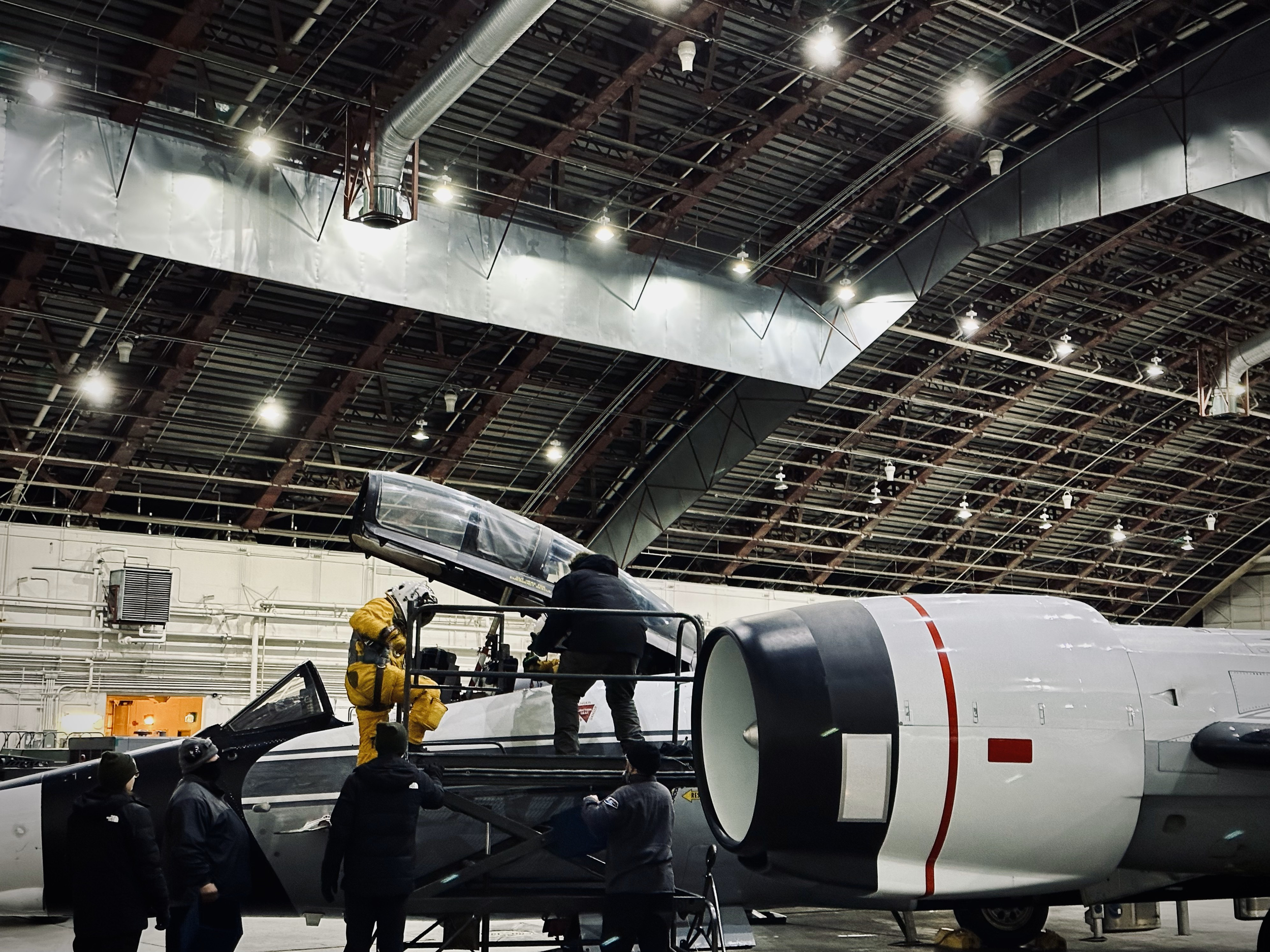Hi!
I’m a scientist and I research the atmosphere.
It’s rather important - and very fragile.
Maybe you’ve used it?
It’s rather important - and very fragile.
Maybe you’ve used it?


From space missions to minuscule microbes, Science Buffs covers STEM research at the University of Colorado Boulder and beyond.

Zach Decker presenting on the NOAA Twin Otter science mission during the FIREX-AQ Research Campaign at the NOAA Outreach booth during the American Geophysical Union Meeting
Whether as a guest on a Buffs Talk Science podcast, or as a co-wizard at a CU wizards STEM seminar for kids I am always looking to spread exciting science!



Zachary Decker (left) and Peter Alpert (right) discussing at the field research site near the Zürich airport.

Inside the APPROPRIATE measurement trailer stationed nearby the Zürich airport.
1. Wu, A. H. et al. Association between airport-related ultrafine particles and riskof malignant brain cancer: A Multiethnic Cohort Study.Cancer Res.81,4360–4369 (2021).
2. Weichenthal, S. et al. Within-city spatial variations in ambient ultrafineparticle concentrations and incident brain tumors in adults.Epidemiology31,177–183 (2020).

View from the window of the NOAA Twin Otter sampling smoke during the FIREX-AQ research campaign.
In other words: nighttime changes in smoke likely lead to significant formation of particulate matter - a cancerous air pollutant.
The smoke from fires (biomass burning) contains thousands of different molecules. When the summer smoke haze reaches our town or the winter smell of a fireplace reaches our nose we are breathing in these molecules. To understand how those molecules affect our health we must first know which molecules are actually in smoke! To make things more difficult, a lot of the molecules evolve - they react and change - as the smoke ages. Going further, nighttime smoke and daytime smoke change differently because of sun exposure. During my Ph.D., I investigated which smoke molecules are likely the most important for air quality degradation and found the surprising result that “Dark Chemistry” happens at all times of the day.

Just like your car engine an aircraft engine needs oil and eventually an oil “top-up”. Aircraft engines release oil intentionally and unintentionally. Oil is tough - it is designed to withstand extreme engine temperatures. When that oil is released in the exhaust much of it survives. As a result, aircraft exhaust contains significant amounts of oil mainly in the form of nanoparticles. These nanoparticles invade regions around airports, but also likely exist at higher cruising altitudes. During my postdoctoral fellowship at the Paul Scherrer Institute in Switzerland I investigated the intricate physics of aircraft engine lubrication oil emissions. We took our advanced instrumentation from the laboratory to the airport to understand just how much oil is being emitted and reveal the nanoscale physics of how oil nanoparticles are formed.